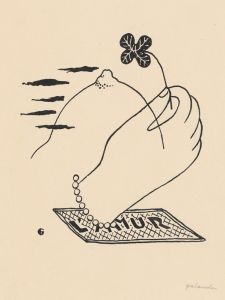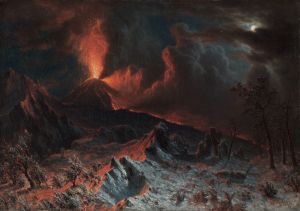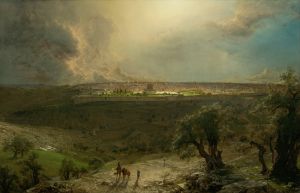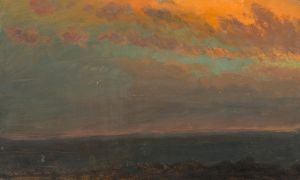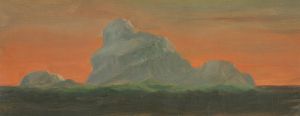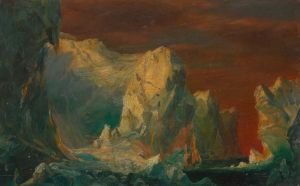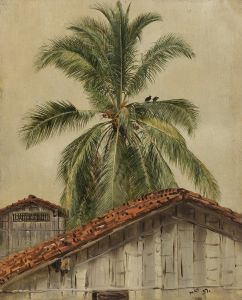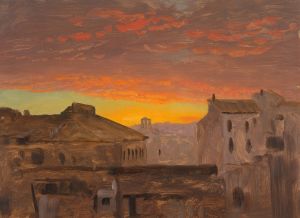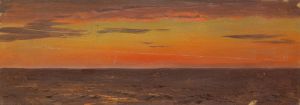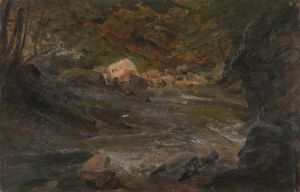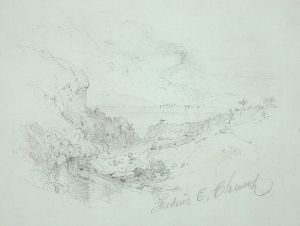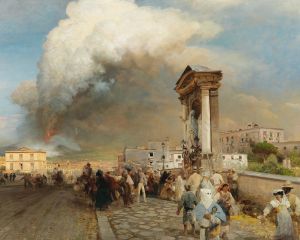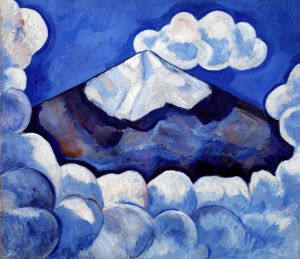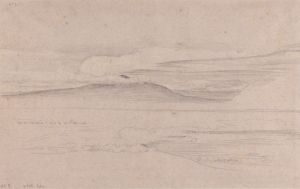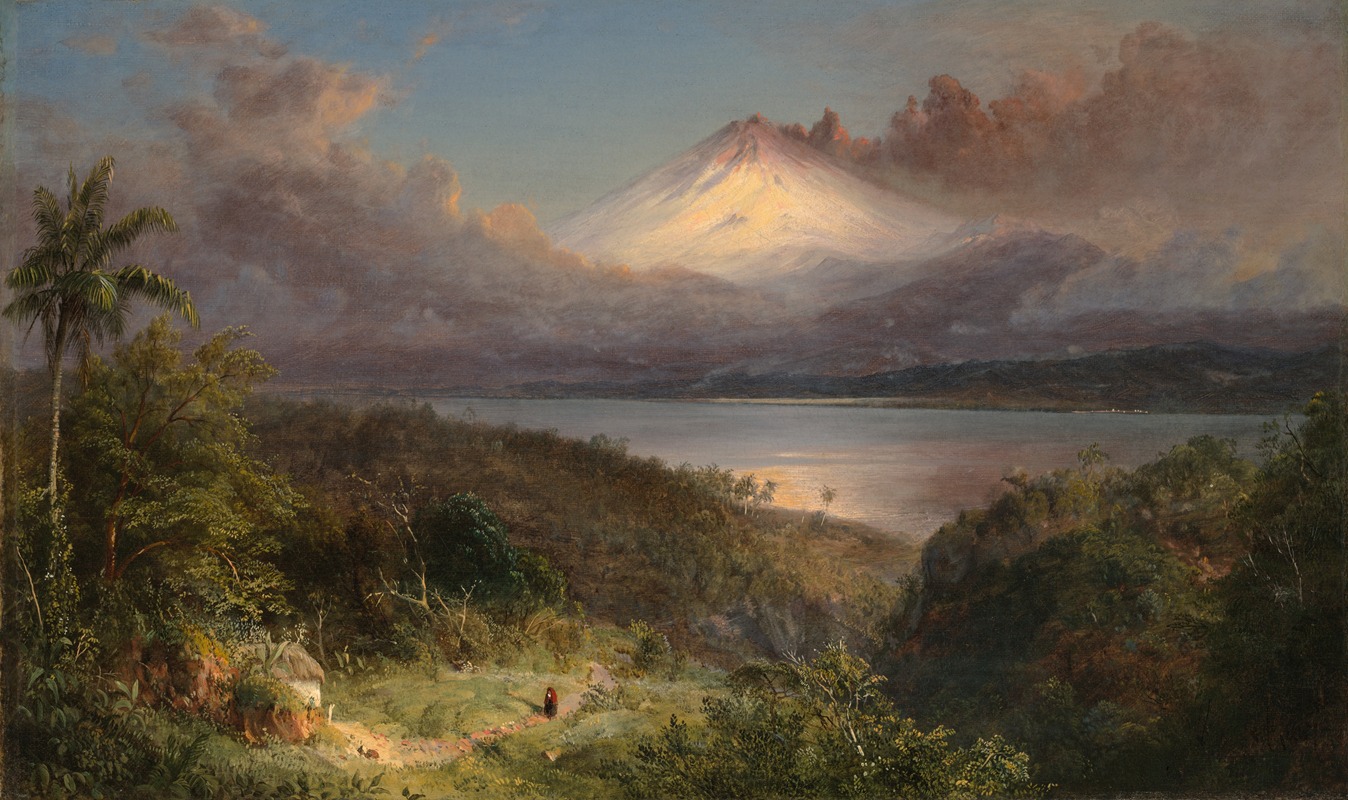
View of Cotopaxi
A hand-painted replica of Frederic Edwin Church’s masterpiece View of Cotopaxi, meticulously crafted by professional artists to capture the true essence of the original. Each piece is created with museum-quality canvas and rare mineral pigments, carefully painted by experienced artists with delicate brushstrokes and rich, layered colors to perfectly recreate the texture of the original artwork. Unlike machine-printed reproductions, this hand-painted version brings the painting to life, infused with the artist’s emotions and skill in every stroke. Whether for personal collection or home decoration, it instantly elevates the artistic atmosphere of any space.
"View of Cotopaxi" is a notable painting by the American landscape artist Frederic Edwin Church, completed in 1857. Church was a central figure in the Hudson River School, a mid-19th century American art movement known for its romantic portrayal of the American landscape, characterized by detailed, dramatic, and often idealized depictions of nature.
The painting depicts the Cotopaxi volcano, one of the highest active volcanoes in the world, located in the Andes Mountains of Ecuador. Church's interest in South American landscapes was influenced by the writings of the German naturalist and explorer Alexander von Humboldt, whose works inspired many artists and scientists of the time. Humboldt's descriptions of the Andes and its volcanic activity captured Church's imagination, prompting him to travel to South America in 1853 and 1857 to observe and sketch the landscapes firsthand.
"View of Cotopaxi" showcases Church's meticulous attention to detail and his ability to convey the sublime beauty and power of nature. The painting captures a moment of dramatic tension, with the volcano emitting a plume of smoke against a backdrop of a serene and luminous sky. The contrast between the tranquil foreground and the erupting volcano creates a dynamic composition that reflects the Romantic era's fascination with the sublime and the awe-inspiring aspects of nature.
Church's use of light and color in "View of Cotopaxi" is particularly noteworthy. The painting features a rich palette that captures the varied textures and atmospheric conditions of the scene. The warm tones of the sunlight illuminate the landscape, while the cooler hues of the smoke and sky add depth and contrast. This masterful use of color and light not only enhances the visual impact of the painting but also conveys a sense of the natural world's grandeur and unpredictability.
Upon its completion, "View of Cotopaxi" was well-received by the public and critics alike. It was exhibited at the National Academy of Design in New York City, where it garnered significant attention and praise. The painting's success contributed to Church's reputation as one of the leading landscape painters of his time and solidified his status within the Hudson River School.
Today, "View of Cotopaxi" is held in the collection of the Smithsonian American Art Museum in Washington, D.C. It remains an important example of Church's work and a testament to his skill in capturing the majesty of the natural world. The painting continues to be admired for its artistic excellence and its ability to evoke a sense of wonder and respect for the power of nature.
Frederic Edwin Church's "View of Cotopaxi" stands as a significant achievement in 19th-century American art, reflecting both the artist's personal vision and the broader cultural and scientific interests of his time. Through this work, Church invites viewers to appreciate the beauty and complexity of the natural world, as well as the enduring allure of the sublime in art and nature.





